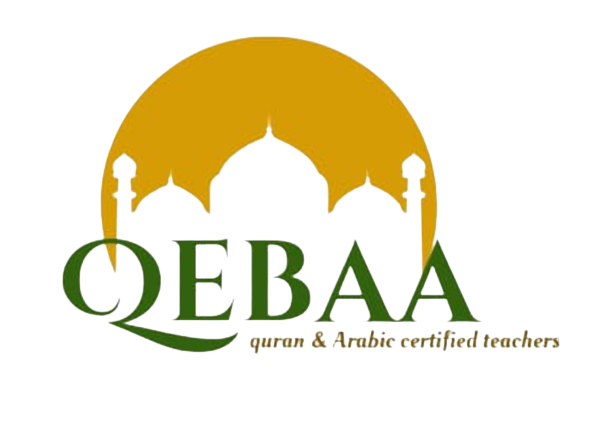Quranic Recitation Styles Across Different Muslim Cultures
Quranic recitation is an integral part of Islamic worship, with diverse styles that reflect the rich cultural heritage of Muslim communities worldwide. This guide explores the various Quranic recitation styles found across different Muslim cultures, highlighting their distinct features and significance.
Traditional Quranic Recitation Styles
Qira'at
Qira'at refers to the various recitation styles of the Quran, each with its unique rules and pronunciation. Popular qira'at styles include:
Secondary Heading: Qira'at Styles
- Hafs an Asim: Widely used in most parts of the Muslim world, characterized by clear pronunciation and melodious intonation.
- Warsh an Nafi': Predominantly practiced in North Africa, known for its rhythmic and lyrical recitation.
- Qalun an Nafi': Commonly heard in Libya and parts of Tunisia, emphasizing elongation and clarity in recitation.
- Al-Duri an Abu 'Amr: Found in Sudan and some parts of West Africa, focusing on the beauty of rhythm and flow.
- Khalaf an Hamzah: Popular in Yemen, known for its slow and deliberate recitation, allowing for deep reflection.
Tajweed
Tajweed refers to the rules governing Quranic recitation, ensuring correct pronunciation, intonation, and rhythm. Different cultures have their interpretations of Tajweed, leading to variations in recitation styles:
Tajweed Interpretations
- Egyptian Tajweed: Emphasizes clarity and precision in pronunciation, with particular attention to vowel sounds and letter articulation.
- Indonesian Tajweed: Focuses on melodious recitation, incorporating traditional musical elements to enhance the beauty of Quranic verses.
- Saudi Arabian Tajweed: Prioritizes adherence to classical Tajweed rules, emphasizing proper articulation of letters and elongation of certain sounds.
- Turkish Tajweed: Blends traditional Tajweed rules with regional linguistic nuances, resulting in a distinct recitation style prevalent in Turkey and neighboring regions.
Contemporary Quranic Recitation Trends
Fusion Recitation Styles
With globalization and increased connectivity, there has been a rise in fusion recitation styles that combine traditional elements with modern influences:
Secondary Heading: Fusion Recitation Examples
- Western-Islamic Fusion: Integrates Western musical elements like harmony and rhythm into Quranic recitation, appealing to younger generations and promoting cross-cultural understanding.
- Digital Recitation Platforms: Utilize technology to enhance Quranic recitation experiences, offering interactive features and personalized learning tools tailored to diverse cultural preferences.
Revival of Regional Recitation Traditions
In recent years, there has been a renewed interest in reviving and preserving regional Quranic recitation traditions, contributing to a richer tapestry of styles:
: Regional Revival Initiatives
- Central Asian Recitation: Rediscovering ancient Central Asian recitation styles, characterized by unique vocal techniques and poetic rhythms.
- African Diaspora Recitation: Celebrating the diverse Quranic recitation styles within African diaspora communities, showcasing the vibrancy of oral traditions and cultural expressions.
Conclusion
The diversity of Quranic recitation styles across different Muslim cultures reflects the beauty and adaptability of Islamic traditions. Whether rooted in centuries-old qira'at or emerging fusion trends, these styles enrich the spiritual experience of engaging with the Quran, fostering unity amid cultural diversity within the global Muslim community.


